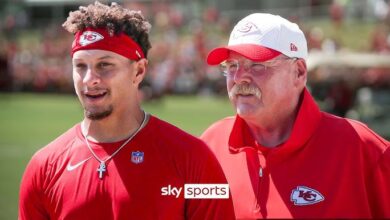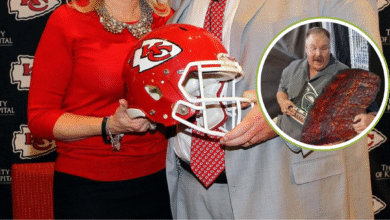Jason Kelce Was Called Too Small: The Secret to Overcoming Bias and Reaching Super Bowl Glory
OPINION: This article may contain commentary which reflects the author's opinion.
In the 2011 NFL Draft, Jason Kelce’s name was an afterthought. At 6’3” and 295 pounds, he didn’t fit the mold of an elite center. Scouts wanted behemoths—6’5”, 320 pounds, with arms like tree trunks. Kelce? He was “undersized,” they said, a liability against the league’s massive defensive tackles. When the Philadelphia Eagles picked him in the sixth round, 191st overall, it felt like a courtesy call. “He’ll be a backup, maybe,” one analyst wrote. Kelce read every word, and it lit a fire.
The doubts weren’t new. Growing up in Cleveland Heights, Kelce was always the scrappy kid, never the biggest or strongest. At the University of Cincinnati, he walked on as a linebacker, not an offensive lineman. Coaches liked his hustle but questioned his frame. In 2007, when he switched to center, the skepticism intensified. “You’re too small to anchor a line,” one assistant told him bluntly. Kelce’s early practices were brutal—snaps sailed high, blocks collapsed, and bigger players tossed him aside. He wondered if they were right.
But Kelce had something scouts couldn’t measure: a relentless mind. He studied film like a PhD candidate, dissecting opponents’ moves. He worked on leverage, using his lower center of gravity to outmaneuver heavier defenders. In the gym, he didn’t just lift—he strategized, building functional strength without bulking up too much. By his junior year, he was starting for Cincinnati, paving the way for a top-25 offense. Still, the NFL wasn’t impressed.
Kelce’s first year in Philly was a reality check. He played sparingly, stuck behind veterans. When he did get reps, he struggled. In a 2011 game against the Jets, he was bulldozed by a nose tackle, costing the Eagles a key down. Fans grumbled on message boards: “Bust.” Kelce took it personally but didn’t sulk. He sought out coach Andy Reid, asking for film sessions. He stayed late with teammates, running plays until midnight. “I wasn’t gonna let size define me,” he later said.
The turning point came in 2013. With a new coach, Chip Kelly, Kelce got his shot as the starter. His agility and football IQ shone in Kelly’s up-tempo scheme. He pulled off blocks that bigger centers couldn’t, springing runners like LeSean McCoy for big gains. By 2016, he was a Pro Bowler, silencing the doubters. When the Eagles faced Tom Brady’s Patriots in Super Bowl LII, Kelce’s line held firm, giving Nick Foles time to carve up New England’s defense. The 41-33 upset was Kelce’s ultimate vindication.
Today, Kelce is a six-time All-Pro, revered for his smarts as much as his tenacity. At 37, he’s still undersized by NFL standards, yet he’s outlasted countless “prototypes.” His 2018 parade speech, bellowed to a sea of Philly fans, was a love letter to underdogs everywhere. “Nobody likes us, and we don’t care!” he shouted. For Kelce, being “too small” was never a curse—it was a challenge. His career proves that heart and brains can outweigh any scale.



